
M1 Tank Platoon is a tactical simulator of tank warfare developed and published by MicroProse for the Amiga, Atari ST and MS-DOS in 1989. The game features a mixture of first-person, third-person tank warfare, and tactical simulation gameplay. It was followed by a sequel, M1 Tank Platoon II, released by MicroProse in 1998 for Windows. M1 Tank Platoon was sold to Interplay Entertainment in 2009. M1 Tank Platoon is available on Steam and Epic Games services.
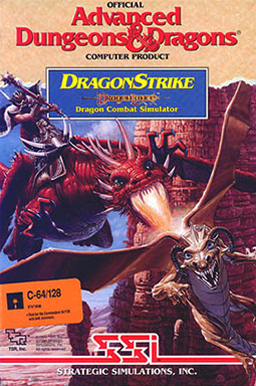
DragonStrike is a 1990 video game based on the Dungeons & Dragons fantasy tabletop role-playing game.
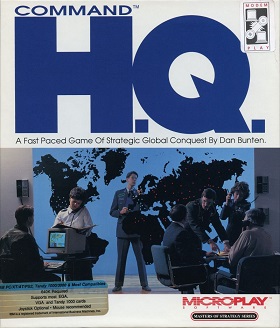
Command HQ is a real-time strategy world domination game. It was released in 1990 by Microplay Software and was created by designer Danielle Bunten.

BattleTech: The Crescent Hawks' Revenge is a real-time tactics game based in the FASA BattleTech universe. It is a direct sequel to BattleTech: The Crescent Hawk's Inception, though the gameplay is considerably different from that of the first title, which was primarily an adventure/role-playing game. Developed by Westwood Associates for Mediagenic, and produced by Scott Berfield, the game serves as a prototype for what later became Dune II, the first real-time strategy title on the PC.

Nuclear War is a single player turn-based strategy game developed by New World Computing and released for the Amiga in 1989 and later for MS-DOS. It presents a satirical, cartoonish nuclear battle between five world powers, in which the winner is whoever retains some population when everyone else on earth is dead.
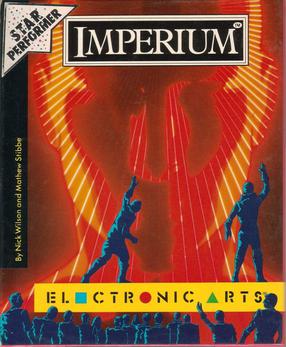
Imperium is a 4X strategy video game published by Electronic Arts in 1990 for the Amiga, Atari ST, and DOS.
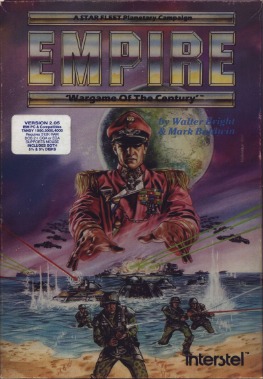
Empire: Wargame of the Century is a video game based on Empire developed by Walter Bright and published by Interstel Corporation in 1987.

Star Command is a video game released by Strategic Simulations in 1988.
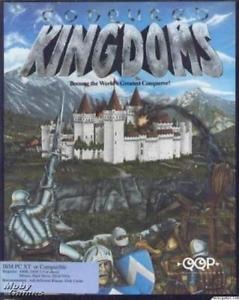
Conquered Kingdoms is a fantasy strategy computer game developed by Quantum Quality Productions for PC DOS/MS-DOS in 1992.

The Ancient Art of War at Sea is a computer game developed by Broderbund and released for Macintosh and DOS in 1987 as a sequel to The Ancient Art of War.
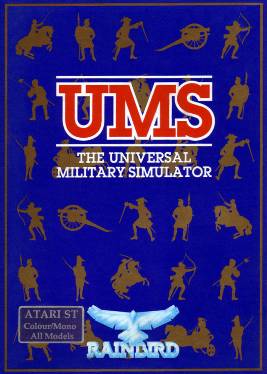
The Universal Military Simulator is a computer game developed by Rainbird Software in 1987 for the Macintosh, Tandy 4000, and IBM PC compatibles. In 1988, both Atari ST, Amiga versions were released. The game was created by Ezra Sidran. The PC and Amiga versions were ported by Ed Isenberg. The game spawned two sequels: UMS II: Nations at War and The War College: Universal Military Simulator 3.

Global Commander is a computer game developed by Martech in 1987 for the Amiga, Amstrad CPC, Atari ST, Commodore 64, and ZX Spectrum.

Star Fleet II: Krellan Commander is a video game and the sequel to Star Fleet I: The War Begins.

Harpoon is a computer wargame published by Three-Sixty Pacific in 1989 for DOS. This was the first game in the Harpoon series. It was ported to the Amiga and Macintosh.

Breach 2 is a science fiction strategy video game developed by Omnitrend Software in 1990 for the Amiga, Atari ST and MS-DOS. It is the sequel to the 1987 game Breach, and was itself followed by Breach 3 in 1995. The game is set in the universe of Omnitrend's Universe and Rules of Engagement, and is compatible with both Rules of Engagement games.
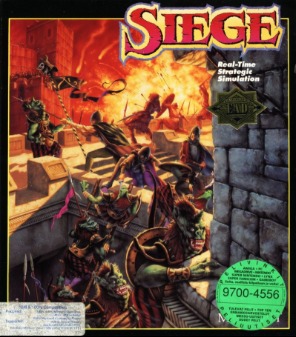
Siege is a video game released by Mindcraft in 1992 for MS-DOS. An expansion pack, Dogs of War, was released. It added multiplayer, six new castles, and 16 new units to the game. A sequel, Ambush at Sorinor, was released in 1993.

The Ancient Art of War in the Skies is a video game developed by Evryware in 1992 for MS-DOS as a sequel to The Ancient Art of War and The Ancient Art of War at Sea. In 1993 conversions were published for Amiga and Atari ST.
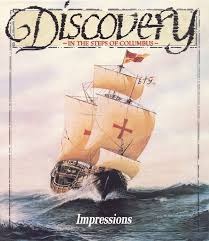
Discovery: In the Steps of Columbus is a video game developed by Impressions Games and published in 1992 for Amiga, Atari ST, and MS-DOS compatible operating systems.

Warlords is a computer wargame released in 1990 for the Amiga and MS-DOS compatible operating systems, then in 1992 for Macintosh. It was designed by Steve Fawkner and developed by Strategic Studies Group. Warlords was followed by three sequels and several spinoffs. The game was based on designer Steve Fawkner's Dungeons & Dragons campaign.
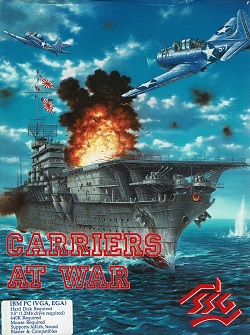
Carriers at War 1941-1945: Fleet Carrier Operations in the Pacific is a 1992 wargame by Strategic Studies Group for MS-DOS and Macintosh. It is a remake of the 1984 Carriers at War. An expansion pack, Carriers at War: Construction Kit, was released in 1993. A sequel, Carriers at War II, was also released in 1993.




















